Introduction

The Importance of Electric Utility Components
Electric utility components are the unsung heroes behind our modern conveniences, providing the necessary framework for power distribution. Without reliable components like poles, anchors, and fasteners, our electrical networks would be vulnerable to disruptions caused by weather or structural failures. Thus, investing in quality electric utility anchors is not just a matter of compliance; it’s about safeguarding our communities and enhancing overall infrastructure resilience.
Understanding Electric Pole Anchors
Electric pole anchors are designed to stabilize power poles by securing them firmly into the ground, preventing them from swaying or toppling over during storms or high winds. These anchors come in various forms, including the innovative Power-Pole Micro Anchor that offers efficient installation with minimal soil disturbance. To truly grasp their significance, one must explore how are electric poles anchored? This understanding leads to better maintenance practices and informed decisions when selecting fasteners.
Essential Fasteners for Electric Infrastructure
Bolts and fasteners form the critical links that hold everything together in an electrical setup—literally! They ensure that all components work harmoniously while enduring external pressures and loads over time. Choosing the right fasteners is crucial; after all, what type of anchor has the best holding power can make all the difference between stability and disaster in your electrical installations.
Types of Electric Utility Anchors
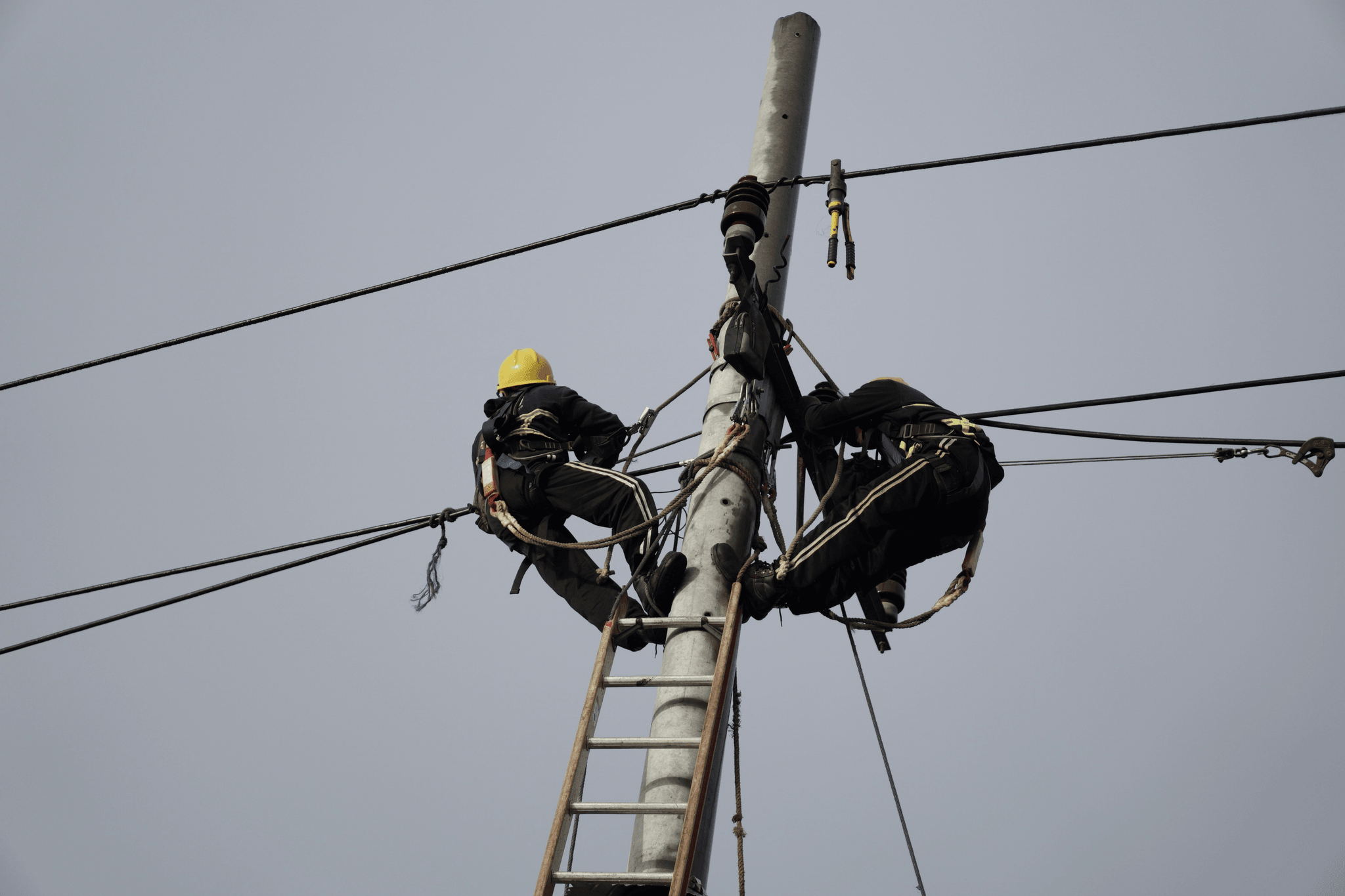
Overview of Electric Power Pole Anchors
Electric power pole anchors are essential components that provide stability to utility poles, preventing them from swaying or toppling over due to wind or weight load. These anchors come in various designs, including guy wire anchors and direct burial types, each tailored for specific environmental conditions and installation requirements. By securing poles effectively, these anchors ensure that electricity can flow reliably to homes and businesses without interruption.
Key Features of Different Anchor Types
Different anchor types boast unique features that cater to a variety of installation scenarios. For instance, some electric utility anchors are designed with corrosion-resistant materials for longevity in harsh weather conditions, while others may focus on ease of installation through innovative designs like pre-assembled units. The choice between these options often boils down to factors such as soil type, expected loads on the pole, and local regulations regarding installation standards.
Spark Fittings and Their Innovations
In recent years, spark fittings have emerged as a game-changer in the world of electric utility anchors. These innovative components enhance electrical connections while providing additional support for power poles by reducing stress at critical junctions. With advancements in technology leading to lighter materials and increased durability, spark fittings are becoming integral to modern installations—helping answer questions like How are electric poles anchored? with greater efficiency than ever before.
How are Electric Poles Anchored?
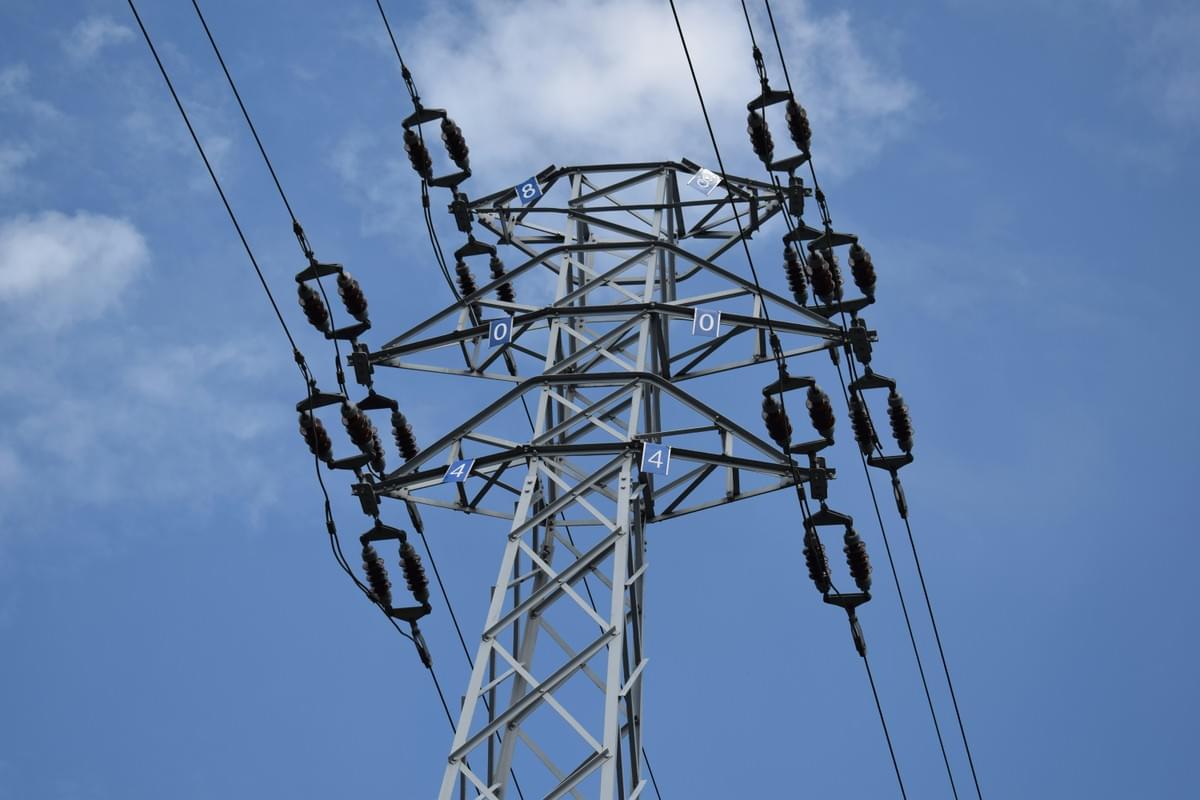
The Process of Securing Poles
Securing electric poles starts with selecting the right type of anchor based on soil conditions and pole height. Generally, a hole is dug to accommodate an electric power pole anchor, which is then placed at a specific angle to maximize holding power. Once positioned, the anchor is typically secured with bolts and fasteners to ensure it can withstand lateral forces and environmental challenges.
After setting up the anchor, concrete or other stabilizing materials may be poured around it to enhance its grip on the surrounding soil. This additional support helps mitigate any potential movement caused by wind or ice loading. Ultimately, following this process ensures that each pole remains firmly planted in its designated location.
Factors Affecting Anchor Stability
Several factors can influence how well an electric power pole anchor performs in real-world conditions. Soil composition plays a significant role; for instance, sandy soils may require deeper anchors than clay soils due to their lower frictional resistance. Additionally, moisture levels can affect soil density and stability—wet soil may lead to reduced holding power for traditional anchors.
Another critical factor is the design of the anchor itself; some designs offer superior holding capabilities than others. For example, Power-Pole Micro Anchors are engineered for enhanced performance in challenging environments where conventional anchors might struggle. Considering these factors during installation can significantly improve long-term stability and reliability.
Best Practices for Installation
To achieve optimal results when installing electric utility anchors, adhering to best practices is essential. First off, always conduct a thorough site assessment before beginning installation; this includes evaluating soil type and environmental conditions that could impact performance over time. Understanding what type of anchor has the best holding power for your specific scenario will also guide you toward making informed choices.
During installation, ensure that all bolts and fasteners are tightened according to manufacturer specifications—loose fittings can compromise stability down the line! Finally, regular maintenance checks should be scheduled post-installation; inspecting your anchors periodically helps catch any potential issues early on before they escalate into costly problems.
What is a Power-Pole Anchor?
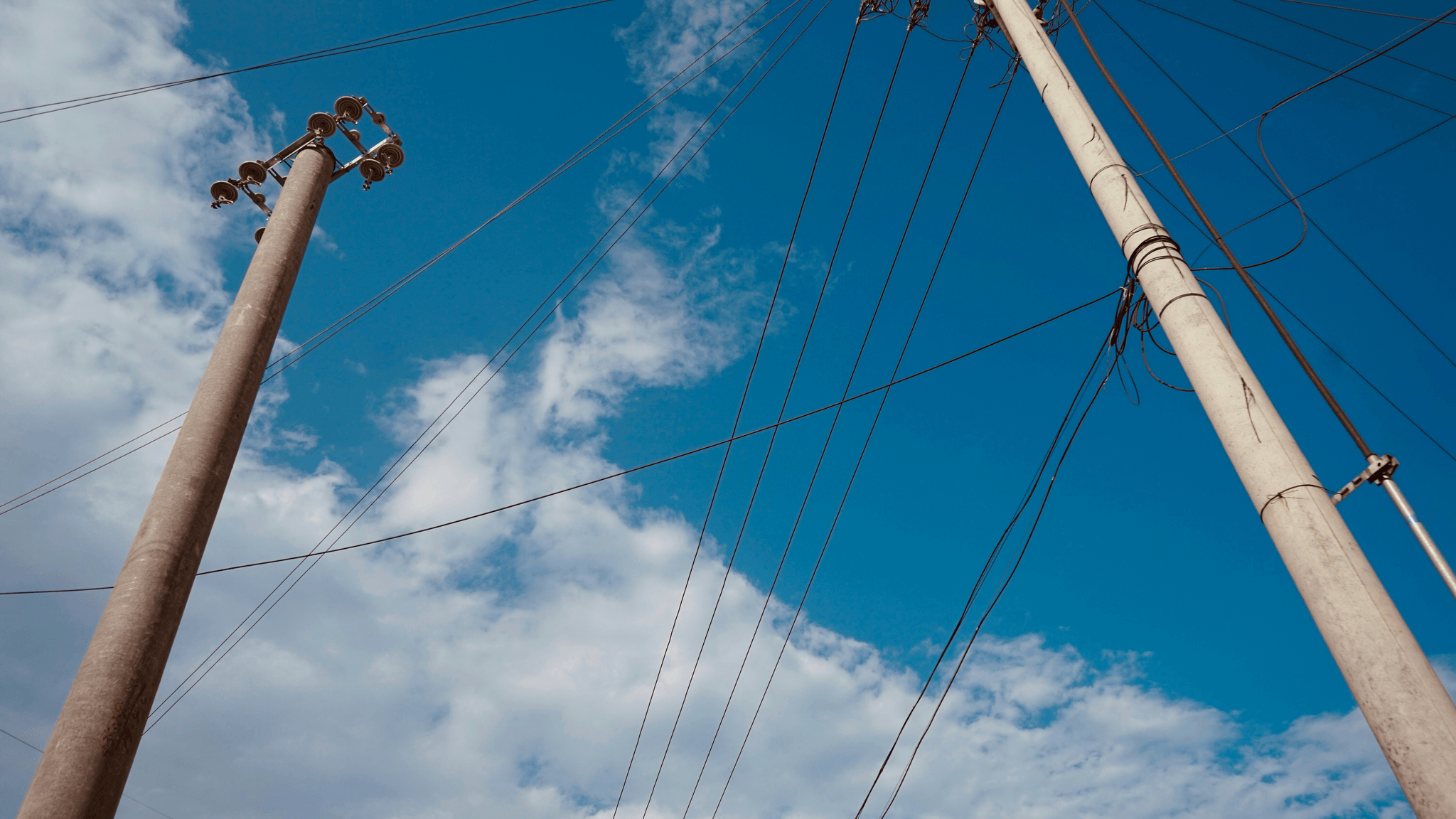
Definition and Purpose Explained
A Power-Pole anchor is a robust fastening device used to hold electric power poles securely in place. Its primary purpose is to provide lateral support by anchoring the pole into the ground, thus resisting tipping forces that could compromise electrical service continuity. Essentially, these anchors are vital components of any well-designed electrical grid system.
Common Usage Scenarios
Power-Pole anchors are commonly utilized in various scenarios where electric poles are installed, such as residential neighborhoods, commercial areas, and rural settings. They are essential for securing utility poles that carry overhead power lines or telecommunications cables. In addition to standard installations, electric utility anchors like the Power-Pole Micro Anchor offer innovative solutions for challenging terrains where traditional anchoring methods may fall short.
Benefits of Using Power-Pole Anchors
The benefits of using Power-Pole anchors extend beyond mere stability; they enhance safety and reduce maintenance costs associated with pole failures. By providing superior holding power compared to conventional methods, these anchors ensure that electric poles withstand environmental stresses effectively. Moreover, their ease of installation means that crews can set up new electric utility infrastructure quickly and efficiently without compromising quality.
Maximum Depth of a Power-Pole Anchor
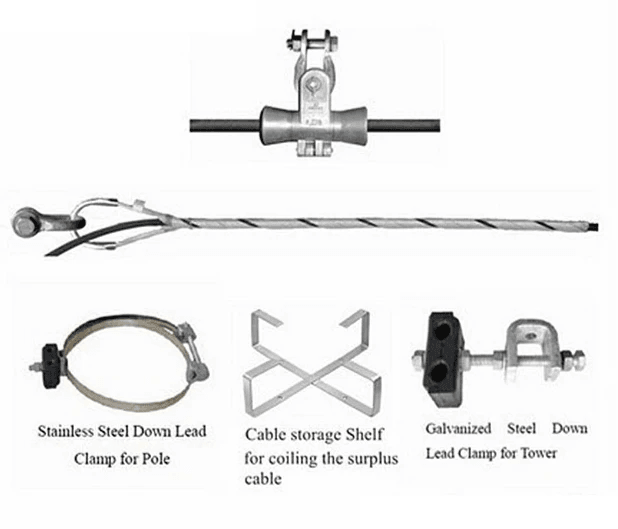
Determining the maximum depth for a power-pole anchor is crucial for ensuring the stability and longevity of electric utility infrastructure. The right depth can vary based on several factors, including local regulations, soil conditions, and environmental considerations. Understanding how these elements interact can help in making informed decisions about installation.
Determining the Right Depth
When considering what is the maximum depth of a power-pole anchor, one must take into account both the height of the pole and its intended load-bearing capacity. Ideally, electric power pole anchors should be installed deep enough to provide stability against wind loads and other environmental stresses. A general rule of thumb is that the anchor should extend at least 10% of the pole height into the ground; however, this may vary depending on specific project requirements.
Impact of Soil Conditions on Depth
Soil conditions play a significant role in determining how deep an electric power pole anchor should be set. For instance, sandy or loose soils may require deeper anchors compared to dense clay or rocky soils due to their lower resistance to lateral forces. Additionally, poor drainage or high moisture levels can weaken soil structure, necessitating further adjustments in installation depth to ensure optimal performance.
Recommendations for Installation Depth
When installing a power-pole anchor, it’s essential to follow best practices and recommendations tailored to your specific environment and project needs. Generally speaking, depths ranging from 3 to 6 feet are common for most installations; however, certain conditions might warrant deeper placements—upwards of 8 feet in unstable areas or regions with high winds. Always consult local guidelines and conduct site assessments before finalizing your installation strategy.
Evaluating Anchor Holding Power

When it comes to the stability of electric utility infrastructure, evaluating anchor holding power is crucial. The right anchor can significantly impact how well electric poles withstand various environmental stresses, including wind and soil conditions. Understanding the different types of anchors available and their holding capacities can help ensure a reliable setup for your electric power pole anchor needs.
What Type of Anchor Has the Best Holding Power?
When considering what type of anchor has the best holding power, several options come to mind, but not all are created equal. For instance, the Power-Pole Micro Anchor has gained popularity due to its compact design and impressive strength-to-weight ratio. Additionally, traditional screw anchors often provide excellent holding capabilities in stable soils, making them a reliable choice for many installations.
However, it's essential to assess specific conditions where the electric poles will be anchored. Factors such as soil type and moisture content can influence which anchor performs best in a given scenario. Ultimately, selecting an anchor with superior holding power involves balancing performance characteristics with environmental considerations.
Testing and Standards for Performance
To ensure that electric utility anchors meet safety requirements and perform reliably over time, rigorous testing standards are essential. Various organizations establish protocols for evaluating the performance of anchors under different loads and conditions. These tests often measure factors like tensile strength, resistance to pull-out forces, and overall durability against weathering.
For example, standardized tests may simulate extreme weather events to gauge how well an electric power pole anchor holds up under stress. Meeting or exceeding these standards ensures that utilities can confidently rely on their chosen fasteners for long-term performance. By adhering to established benchmarks in testing procedures, stakeholders can make informed decisions about which bolts & fasteners will best serve their needs.
Selecting the Right Anchor for Your Needs
Choosing the right anchor involves more than just picking one off a shelf; it requires careful consideration of various factors tailored to your specific situation. Start by assessing soil conditions—understanding what is the maximum depth of a Power-Pole anchor necessary based on ground stability is crucial for effective anchoring practices. This knowledge will guide you toward selecting an appropriate type of electric utility anchor that aligns with both safety standards and environmental demands.
Moreover, think about load requirements: how much weight will your poles need to support? If you're unsure where to begin or what type might suit your project best—consulting with industry professionals or referring back to testing results can provide valuable insights into which products excel in real-world applications. Ultimately, investing time upfront in selecting quality fasteners will pay dividends down the line through enhanced reliability and reduced maintenance costs.
Conclusion
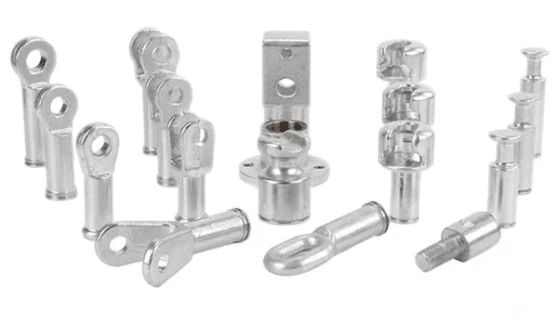
In wrapping up our exploration of electric utility anchors, it’s clear that these components play a crucial role in maintaining the stability and safety of our electric infrastructure. Understanding how electric poles are anchored is fundamental to ensuring that they withstand various environmental factors. The choice of the right anchor, such as the innovative Power-Pole Micro Anchor, can greatly enhance performance and longevity.
Key Takeaways on Electric Utility Anchors
Electric utility anchors are indispensable for securing power poles and ensuring reliable electricity distribution. From understanding what a power-pole anchor is to knowing the maximum depth for installation, each aspect contributes to the overall effectiveness of electric pole support systems. Additionally, evaluating what type of anchor has the best holding power helps in selecting an appropriate fastener for specific soil conditions and load requirements.
Enhancing Infrastructure with Quality Fasteners
Quality bolts and fasteners are essential in reinforcing electric poles against wind loads, soil erosion, and other forces that may jeopardize their stability. The integration of robust fasteners into electric utility anchors not only improves holding capacity but also enhances overall infrastructure durability. By prioritizing high-quality materials when choosing an electric power pole anchor or any related component, we can ensure a safer and more reliable electrical grid.
The Future of Electric Utility Components
Looking ahead, advancements in technology will undoubtedly lead to more efficient designs for electric utility anchors and their associated fasteners. Innovations like composite materials or smart monitoring systems could revolutionize how we assess what type of anchor has the best holding power under varying conditions. As we continue to prioritize sustainability and resilience in our infrastructure projects, understanding concepts such as maximum depth for power-pole anchors will remain vital for engineers and technicians alike.

